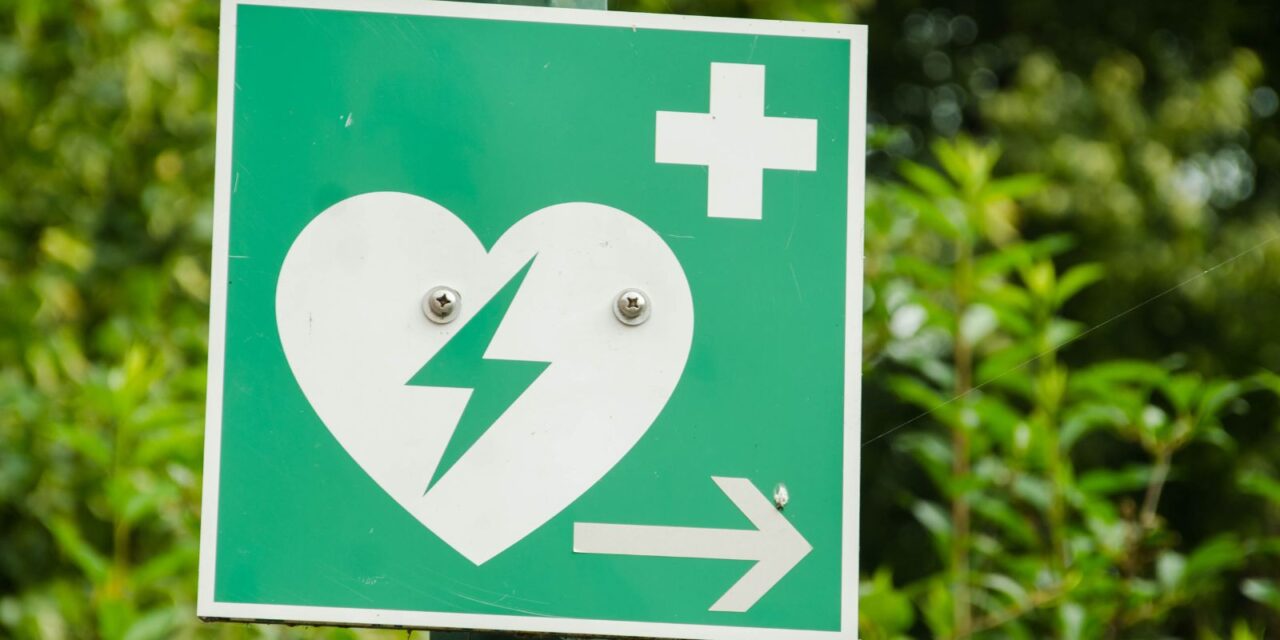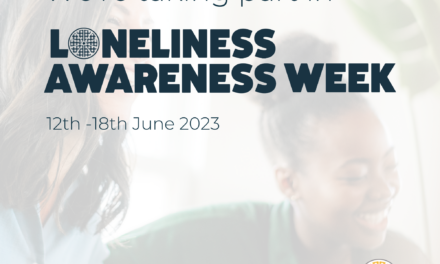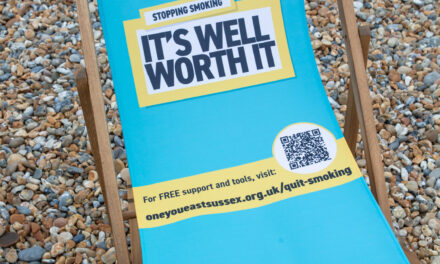In the UK there are over 30,000 cardiac arrests a year where emergency medical services attempt to resuscitate the victim. However, the survival rate is low – less than 1 in 10 people in the UK survive a cardiac arrest.
Cardiac arrest occurs when the heart stops pumping blood around the body. Someone who is experiencing cardiac arrest will collapse, stop breathing, and will very quickly turn grey.
Defibrillators can help a person to start breathing again. You can find these lifesaving, easy-to-use pieces of equipment located in public spaces such as shopping centres, community centres, airports, and train stations. Public access Defibrillators are known as PADS and anyone can use them.
A defibrillator is used when someone is suffering a cardiac arrest. For the person to survive, a defibrillator needs to be found and used quickly. Each minute that passes significantly lowers the chance of survival.
Here in the UK, it is estimated that less than one in ten people survive a cardiac arrest. If we could achieve the same survival rates as other countries like Norway, we could save an additional hundred lives per week.
More of us need to know how to use a defibrillator, how to find one and how to give cardiopulmonary resuscitation (CPR).
How to use a defibrillator
Below is a handy guide on how to use a defibrillator from the British Heart Foundation website:
If you’re on your own, don’t interrupt CPR to go and find a defibrillator. If it’s possible, send someone else to find one. When you call 999, the operator can tell you if there’s a public access defibrillator nearby.
To use a defibrillator, follow these simple steps:
Step 1: Turn the defibrillator on by pressing the green button and follow its instructions.
Step 2: Peel off the sticky pads and attach them to the patient’s skin, one on each side of the chest, as shown in the picture on the defibrillator.
Step 3: Once the pads have been attached, stop CPR and don’t touch the patient. The defibrillator will then check the patient’s heart rhythm.
Step 4: The defibrillator will decide whether a shock is needed and if so, it will tell you to press the shock button. An automatic defibrillator will shock the patient without prompt. Don’t touch the patient while they are being shocked.
Step 5: The defibrillator will tell you when the shock has been delivered and whether you need to continue CPR.
Step 6: Continue with chest compressions until the patient shows signs of life or the defibrillator tells you to stop so it can analyse the heartbeat again.
Anyone can use a defibrillator and you don’t need training. Once you turn it on, it will give clear instructions on how to attach the defibrillator pads. The device checks the heart rhythm and will only tell you to shock if it’s needed. You can’t shock someone accidentally.
Find a defibrillator near you.Look for a defibrillator sign
If you’re in an emergency, call 999 immediately. The emergency operator will be able to tell you where the nearest defibrillator is which you can direct someone to.
You can visit the National Defibrillator Network webpage to find the nearest defibrillator located near you.
Learn how to do CPR
If you want to learn how to give cardiopulmonary resuscitation (CPR) you can access the free, interactive RevivR course, it only takes 15 minutes!




